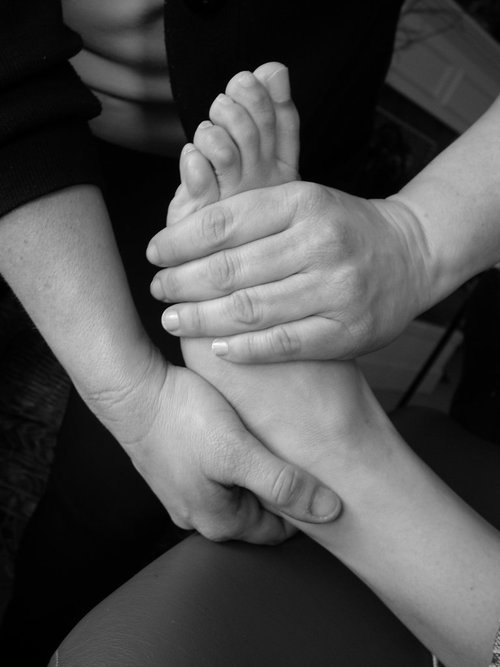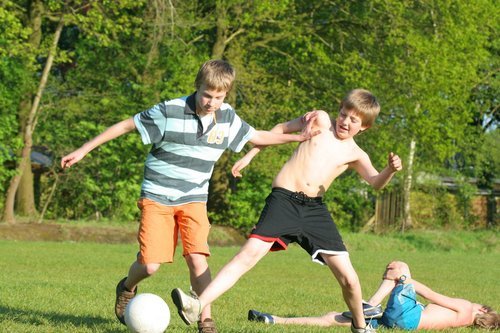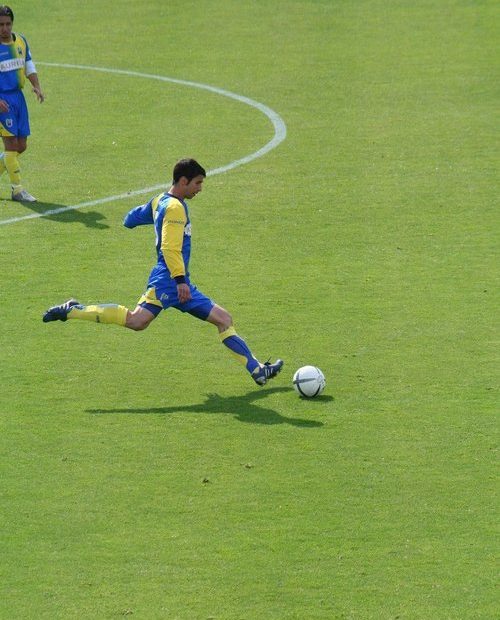Football is undoubtedly seen as the most famous sport in the world. Several reports and research have implied that unluckily there is a high prevalence of osteoarthritis among football players. Injuries are common in both amateur and professional players. Knees and ankle joints account for the most critical injuries. Some lose considerable playing time while others have no option but to go for early retirement. This article provides a guide on how players can manage their injuries.

First Option After Symptoms

Footballers should know that the first osteoarthritis symptoms do not equate to joint replacement surgery. Renowned orthopaedic surgeons have always recommended physical therapy as the best way to approach and manage the injury on the affected joint. That is because it entails taking them through a programme that stretches and strengthens the body muscles supporting the particular joint. For instance, if it is a knee injury, the techniques focus on the thigh hamstring and quadriceps muscles and surrounding hip muscles such as the gluteus maximus. If you are a footballer, low impact exercises like swimming pool workouts can help reduce the load experienced on the joints. If you are overweight, losing some extra pounds could reduce the exerted pressure and improve with light exercise.

Right Time for Medical Treatment
This option becomes necessary when players begin experiencing increasing pain or dislocate the joint. Now, that requires appropriate medical treatment. Most teams have medical professionals who evaluate injuries and give a verdict. Some players are required to undergo medical therapy in oversea countries for specialized treatment. As a footballer, you have the mandate to report any joint pains for immediate treatment. Playing even with slight pain destroys the ligaments and muscles that cover the specific joint.
